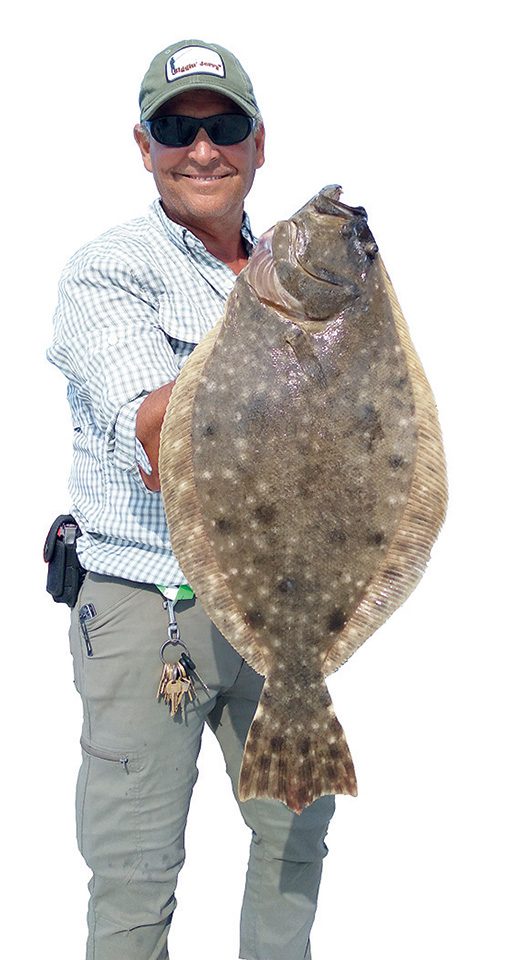
By Jiggin’ Jerry, Contributing Writer
Let me start by explaining the reason behind holding a fish by its gill plate and clarify that if done correctly, you are not holding the fish by its gills. The gill plate is a hard, bony plate that covers the gills of most fish, but not all fish have a gill plate. Inshore game fish like the red drum, spotted seatrout, flounder, etc., have a gill plate. In freshwater, largemouth bass, catfish, muskie, pike, etc., have gill plates. In freshwater, when catching a bass, most anglers will put their thumb inside the bass’ mouth and grab it by its bottom lip. A largemouth bass have very small, sandpaper-like teeth and can rake up the skin on your thumb, but they are not big enough to puncture. But you definitely would not try that technique on a muskie, which have very large, sharp teeth and can cause severe damage to the hand. Muskie are usually held by the tail and the gill plate.
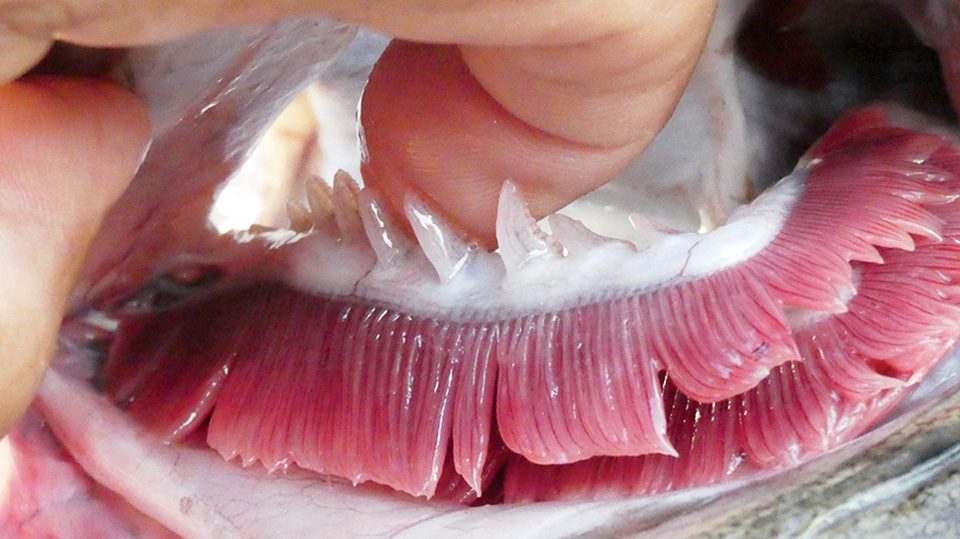
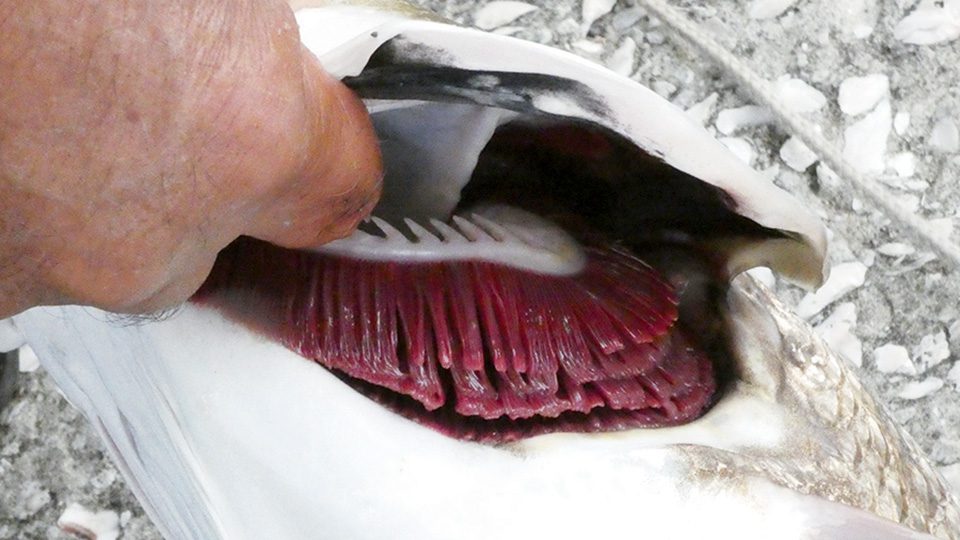
Most anglers hold inshore species like red drum, spotted seatrout and flounder by the gill plate. Has anyone ever seen a mother cat carry its kittens? The mother cat takes its mouth softly and bites down tenderly around the skin on the back of the kitten’s neck and lifts the kitten. The kitten then curls its legs and tail in and goes into a submissive state. The reason I have asked and explained about a mother cat and its kittens is because of the phrase submissive state. The main goal when holding a fish by its gill plate correctly is to put the fish in a submissive state. Most fish when held by the gill plate stop flopping around and calm down so you can handle them gently. If you’re going to release them, the goal is to get them back into the water without damage.
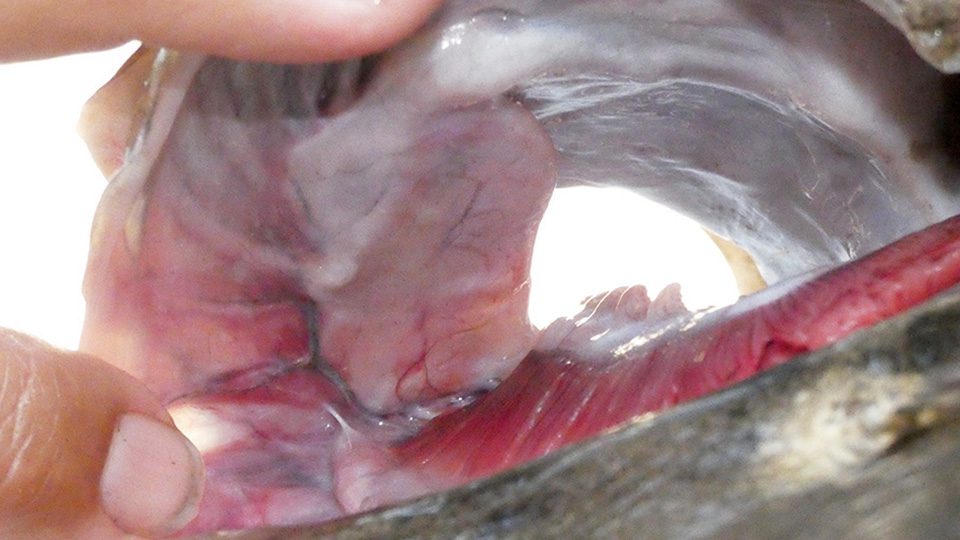
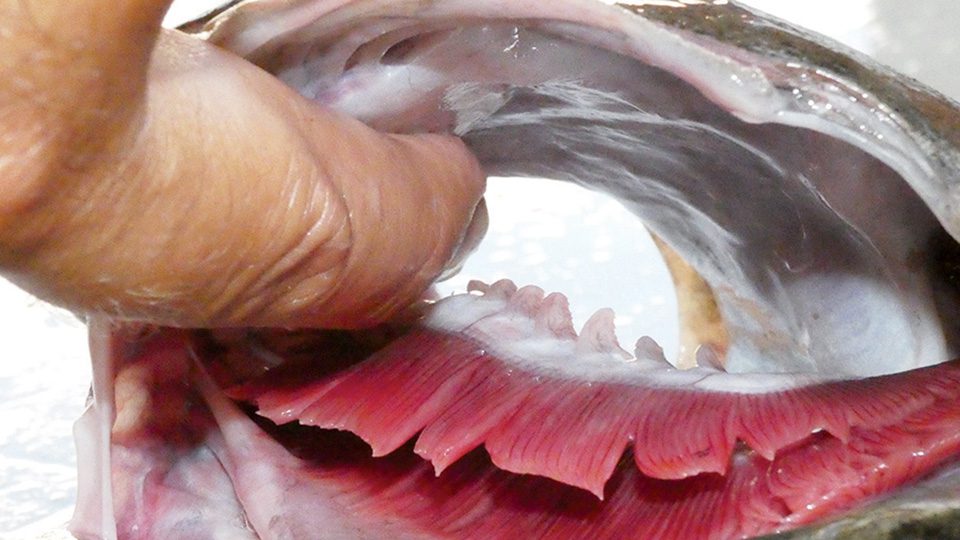
I have watched a large number of fishermen not hold the fish by the gill plate and claim they don’t want to hurt the fish, then they grab the fish by its tail and put a hand softly under its belly and raise it up for a photo, and because the fish was not in a submissive state, the fish flipped out and jumped out of the person’s hands, overpowering them, and fell to the hard surface on its head. Now the fish may be hurt and may or may not survive its unseen injury from the impact. This is why a lot of experienced anglers gill plate a fish.
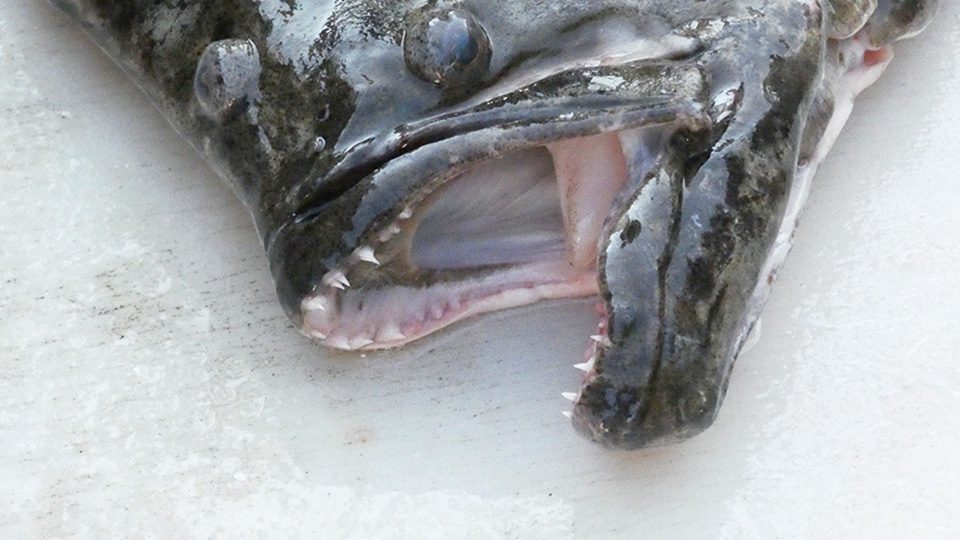
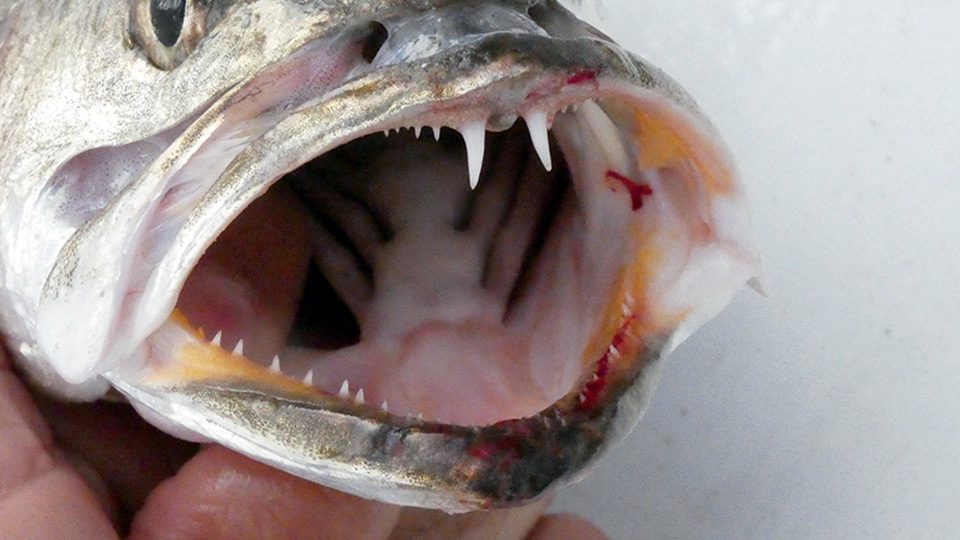
The proper way to gill plate a fish. First, you never want to accidentally place your fingers in the fish’s gills. The gills of a lot of fish are not as delicate as you may think but dangerous, especially to your fingers. Gills have what they call gill rakers. Gill rakers are sharp spines or teeth-like barbs that run along the rib of the gills. They are meant to trap their prey in their mouth and help grab and guide the food down the throat of the fish. If one was to accidentally place a finger in the gills, they would have a hard time removing their finger without injury. In Exhibits A, you can see the gill rakers on a flounder and a red drum. In Exhibit B, you can see the smooth, hard cartilage under the gill plate. In Exhibit C, you can see how to place the finger under the gill plate to hold the fish. Never bring the finger out of the front of the fish’s mouth. In Exhibits D, you can see the teeth of a flounder and spotted seatrout. They will easily puncture your finger and create some nasty wounds. One of the rules usually followed by saltwater fishermen is never put your finger in a saltwater fish’s mouth.
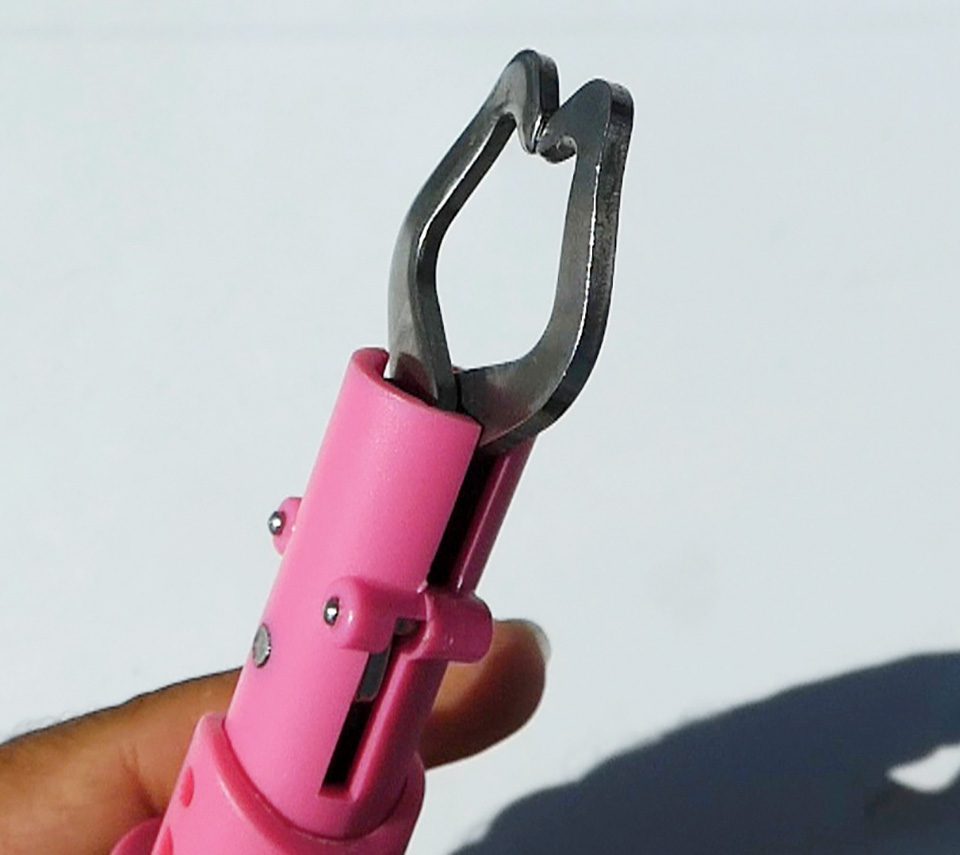
Fish grips. A lot of anglers have been using fish grips. Fish grips can help with a lot of toothy species of fish. The fish grip is used by attaching it to the bottom jaw of the fish. But when using fish grips, they must be used with care. Holding a fish by the front of its bottom jaw will not put a fish into submission. The fish will thrash and spin, and in some cases, this will break the fish’s jaw or even split it in half. If releasing the fish, the fish may not be able to feed again. If the fish is very heavy, do not use the fish grips to hold the fish’s entire weight. Grab the fish by its tail and help raise the fish and hold the weight. Make sure you place the elastic band around your wrist that usually comes with your fish grips. If the fish starts to spin, let go of the handle and allow the fish to spin. The elastic band will turn in a circle and wind up but will not let the fish break its jaw.
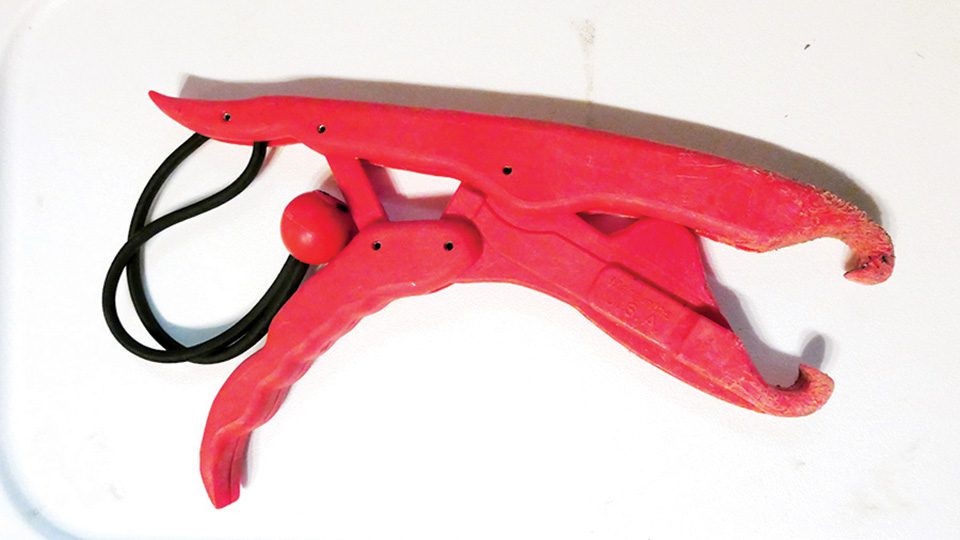
In Exhibits E, you will see a pair of plastic fish grips and metal fish grips. Notice the metal fish grips, they use very thin metal grips. I personally do not recommend these unless you are going to keep the fish. Because of the thin metal, I have experienced them cutting fish’s jaws in half when the fish decides to go into a frenzy and shakes violently trying to free itself. I know there will be different opinions on these subjects but the goal is to educate anglers and future anglers with facts that will help them become better fishermen and better with conservation. Like I always say, good luck out there and have fun fishing!
To view some fishing adventures, go to my YouTube Channel Fishing With Jiggin Jerry or follow me on Facebook @ fwjigginjerry.
